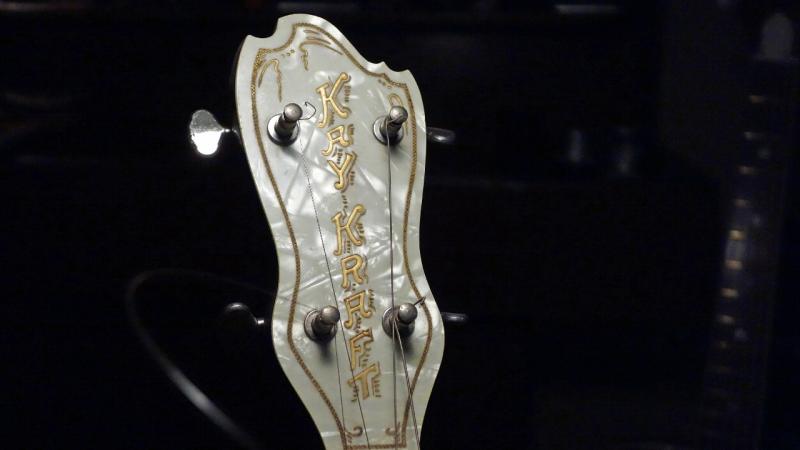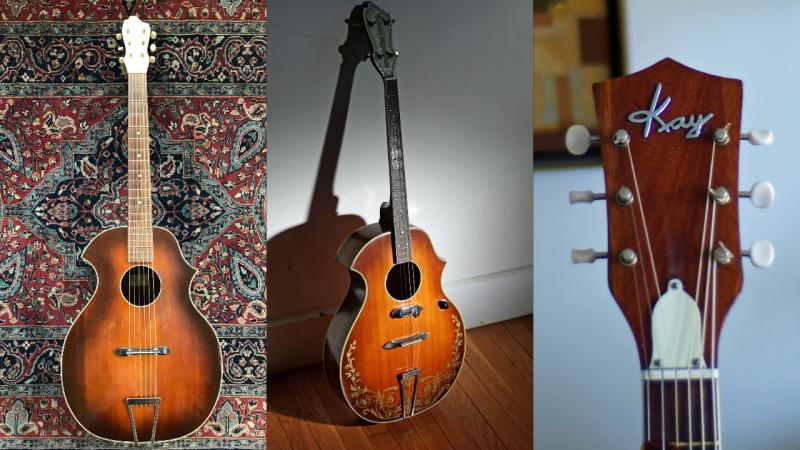How to Start a Collection or: How I Learned to Stop Hoarding and Love the Bomb
by Dan Tamarkin
”I’d rather have one and not need it, than need one and not have it.”
–a wise person
It’s a fine line, Elle will tell you, between “collecting” and “hoarding.” But each item in my studio is essential, it’s not clutter – it’s an integral part. So what if I haven’t used that slide copy-stand since the Reagan Administration? Or that camera bag in the corner surrounded by dust bunnies, since sometime in the 1990s? Or that umpteenth 50mm lens? Thank goodness it’s all here and ready to go. Well, almost ready anyhow – a little dusting off, and rummaging to find a filter or lens shade – this will only take a minute...
These things I hoard – I mean, collect – are a part of me. The enjoyment of my collections comes from being surrounded by these objects of desire, by things I treasure. Most items in my collection have little monetary value but are nonetheless treasures – to me.
The mark of the collector (or at least of the collector mentality) is the owning of more than just a few examples of an object unnecessarily with little or no intent to actually use them. Now, there’s an argument to be made with watches, for example. They’re functional and many people wear them. But a fine timepiece is jewelry, as well. “It goes with my favorite suit.” might be your argument for a new Panerai. Or, “But, honey, the tone of this instrument is totally different from all the others!” and “This one is built for speed, this one is for distance, this one is for off-roading…” And so on. This is why collecting can look so much like hoarding.
The collector mentality: guilty as charged.
Along with Leica cameras, I collect four-string “tenor” guitars. Originally conceived in the 1920s as a bridge instrument for banjo players to sit in with guitarists (who were enjoying rapidly increasing popularity at the time), tenor guitars play like a banjo but sound more like a guitar. Gibson and other prominent makers created the tenor for banjo players, and one of the most exciting versions is the “Venetian” tenor made by Kay in Chicago. I have a few examples, both tenors and six-strings. Guilty as charged.
My favorite tenor guitar in my collection is pear-shaped and made of pear wood. I get a kick out of that. Made just before the First World War, it’s delicate but has a loud, punchy sound. It’s proudly displayed. My favorite camera is still my first Leica – my button rewind M2, battle scarred but not at all costly or rare. But it’s mine and it’s part of me and my studio and how I ply my art and enjoy my hobby.
Allow me to describe what a friend calls my “demented guitar lust.” Firstly, what makes it demented is both the irrationality of what I find unacceptable and how fervently I seek to add to my collection.
Second, my friend Noah finds it confounding that I own more than a dozen guitars of different shapes and sizes, and that this is not adequate. He is appalled when at any given moment I do not know, off-hand, exactly how many guitars I own. He shakes his head as I gaze up at the ceiling, taking a mental inventory…
As it happens, I am a very lucky guitar collector: I play stringed instruments left-handed, which makes finding a selection of instruments nearly impossible; few were made, So, I look for guitars that I can convert and play lefty. It’s a sort of de facto limitation. If I had to choose among the myriad possibilities righties have, my head would explode. And my wallet would shrivel.
Not so demented, you say? Here’s what Noah finds positively bananas: not only is it hard enough for me to find a guitar to begin with, but that I will not even consider one with a decal or painted headstock logo. (Unless it’s a particularly rare item with only that one “flaw.”) I don’t go for painted anything. Original wood grain and original components only, and if the headstock and frets are inlayed, I’m all over it. Manufacturer’s sticker still inside? Sign me up! But I’d never buy one with a pick-guard that can’t be removed. I dislike the look of a converted guitar; it must be properly braced in its construction to support conversion, and it must look – and especially feel – as though it was made to play that way. All the stars must align before I will even consider the guitar. To Noah, I imagine, it must seem masochistic.
“So this one is no good?” Noah inquires, pointing to a beautiful mahogany tenor guitar hanging on the wall of a store.
“No good – pick-guard.”
“This one?” Noah asks. “It’s beautiful.”
“Decal on the headstock.”
“You’re nuts.”
“I know it. There’s nothing here for me.”
“Couldn’t you just remove the decal?” The look on my face is one of horror. Noah shrugs.
“Don’t you even want to play any of them – while we’re here?”
And this is how it goes.
“It’s made to play,” he says.
(I do play the mahogany tenor upside down, and it sounds delightful. I almost forgot about the pick-guard.)
We’ve struck a deal in our household. For every new guitar or camera acquired, Elle gets more of the beautiful Art Deco glassware she collects. A National Dobro tenor, and a set of Dorothy Thorpe silver-rim glasses. Balance.
A few months ago, I brought home a set of 1950s silver-rimmed ice tea glasses.
“Nice – those are great! Beautiful.” There was a pause. She looked askance at me. “You got a new guitar, didn’t you?”
“No – I just saw these and really liked them.”
“Is this … pre-emptive?”
“Nope. Always got my eyes peeled for a new toy, but no.” I kissed her cheek.
It’s important to have balance. That’s what makes it look and feel more like collecting than hoarding.
Hmmm … except for those camera bags gathering dust in the corner…




